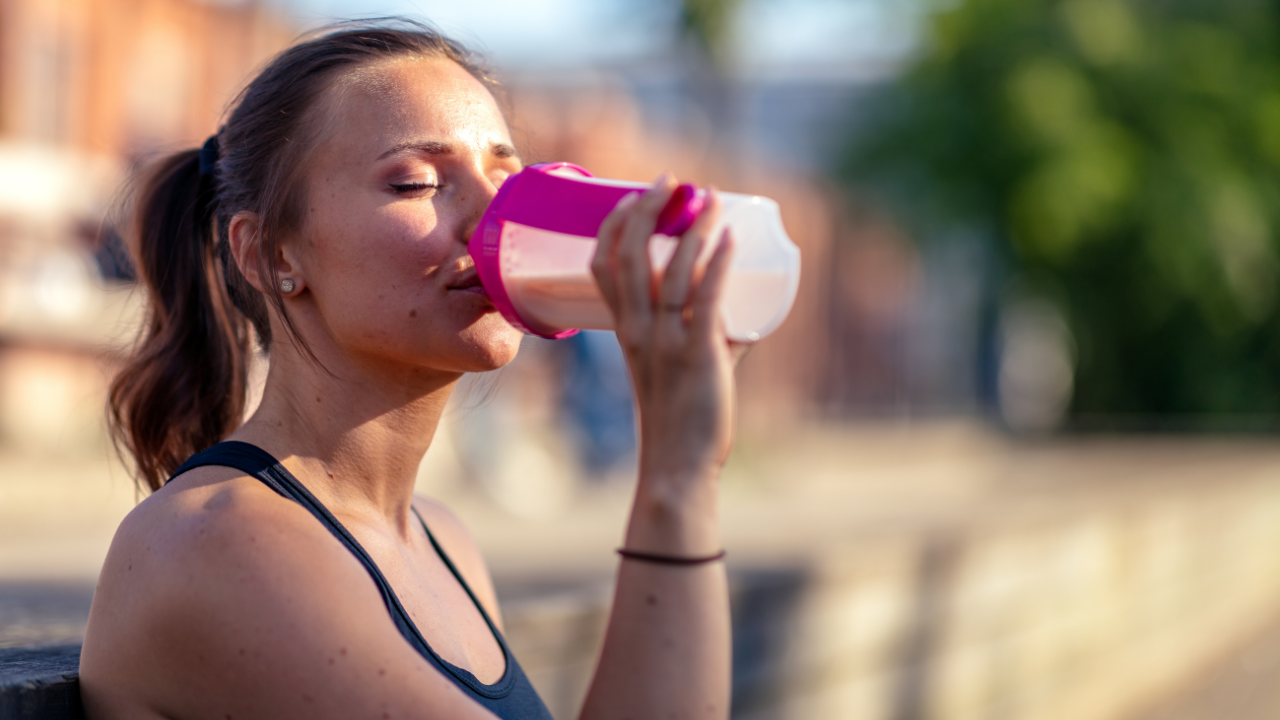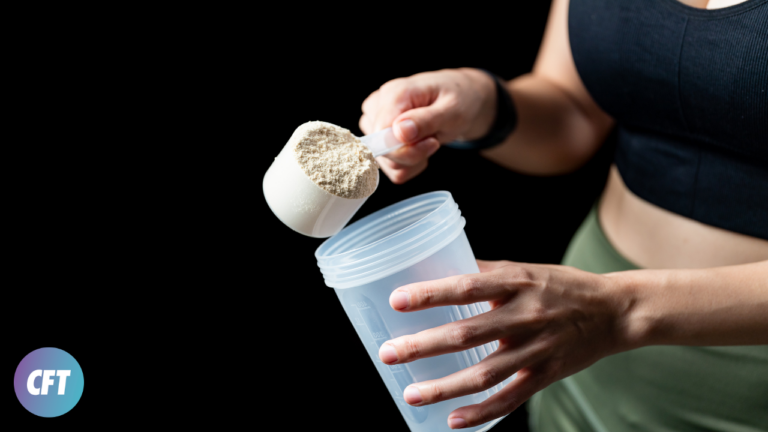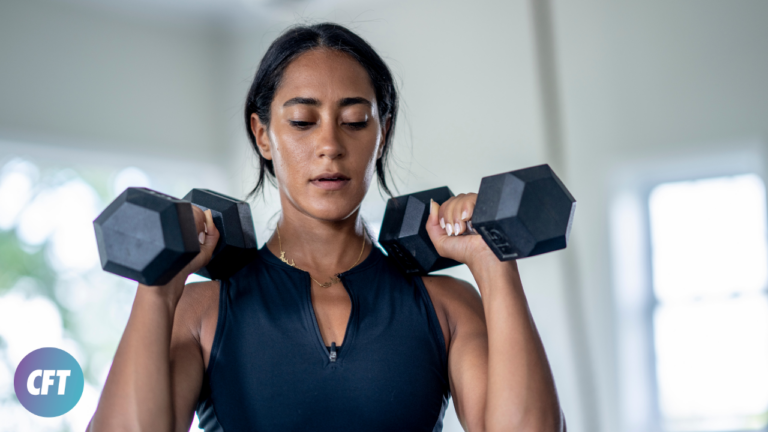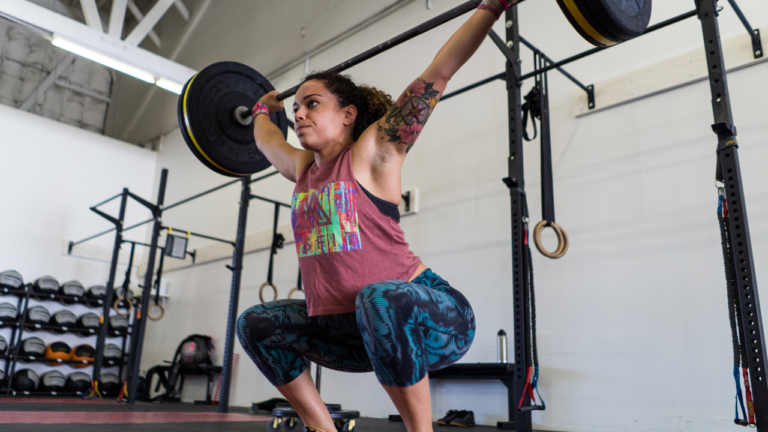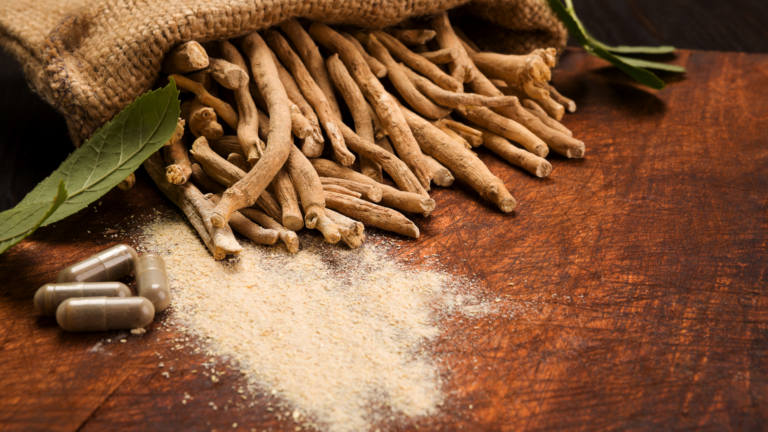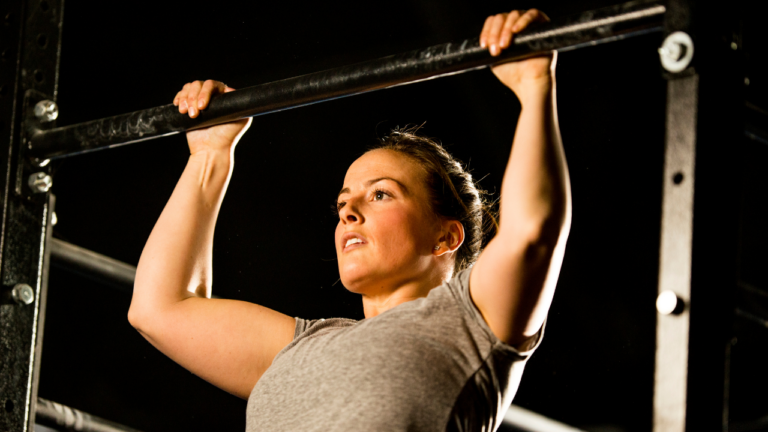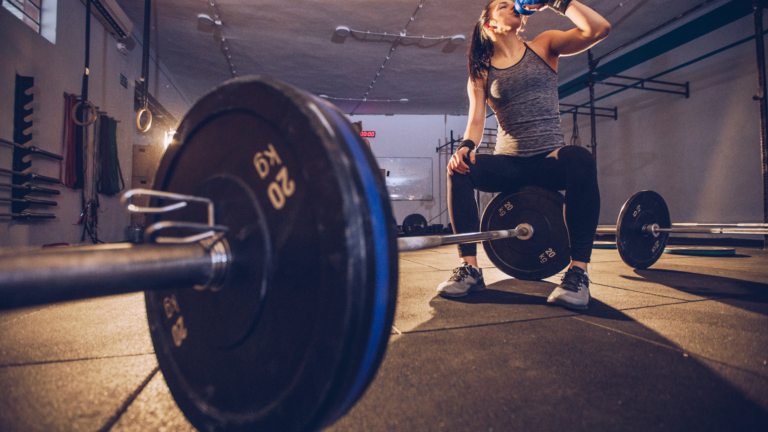Hydration Essentials: 10 Tips to Keep Female Athletes Performing at Their Peak
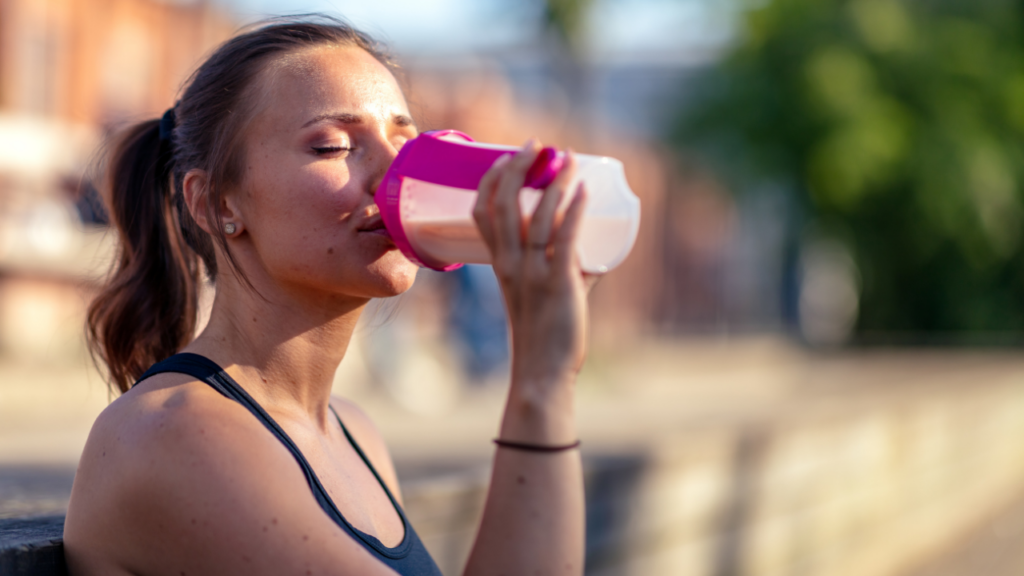
For female athletes, proper hydration is crucial not only for performance but also for overall health and well-being.
Whether you’re hitting the track, or crushing it at the gym, staying hydrated is key to sustaining energy levels, supporting recovery, and optimizing athletic performance.
Here are 10 essential tips specifically tailored to help female athletes improve hydration throughout the day and excel in their sport.
- Prioritize Pre-Workout Hydration: Before engaging in physical activity, focus on hydrating adequately to prepare your body for the demands of exercise. Aim to drink at least 16-20 ounces of water 2-3 hours before your workout or competition, and another 8-10 ounces 10-20 minutes before you start.
- Opt for Electrolyte-Rich Fluids: During intense or prolonged exercise, electrolytes like sodium, potassium, and magnesium are lost through sweat. To replenish these vital minerals and maintain electrolyte balance, consider hydrating with sports drinks or electrolyte-enhanced water, especially during extended workouts or in hot and humid conditions.
- Monitor Sweat Losses: Female athletes may have different sweat rates and electrolyte needs compared to their male counterparts. Pay attention to your individual sweat losses by weighing yourself before and after exercise to estimate fluid loss. For every pound lost during exercise, aim to drink approximately 16-24 ounces of fluid to rehydrate adequately.
- Incorporate Hydrating Snacks: Fuel your body with hydrating foods and snacks throughout the day to complement your fluid intake. Snack on water-rich fruits like watermelon, oranges, grapes, or berries, or enjoy hydrating snacks like cucumber slices with hummus or Greek yogurt with sliced fruit.
- Sip Water During Workouts: Keep a water bottle handy during workouts and sip regularly to stay hydrated and maintain performance. Taking small, frequent sips is more effective than chugging large amounts of water at once and can help prevent dehydration and muscle cramping.
- Consider Hydration Apparel: Invest in moisture-wicking clothing made from breathable fabrics to help regulate body temperature and minimize sweat buildup during exercise. Hydration vests or belts with built-in water reservoirs are also convenient options for carrying water during longer runs or outdoor activities.
- Hydrate for Recovery: After exercise, prioritize rehydration to support muscle recovery and replenish fluid losses. Aim to drink 16-24 ounces of water or a recovery beverage containing protein and carbohydrates within 30 minutes to an hour post-workout to kickstart the recovery process.
- Monitor Urine Color and Frequency: Use urine color and frequency as simple indicators of hydration status. Aim for pale yellow or straw-colored urine, and ensure that you’re urinating regularly throughout the day. Dark urine or infrequent urination may signal dehydration and indicate the need to increase fluid intake. This is ESPECIALLY important during Luteal Phase, when hydration cues can get out of whack!
- Adjust Hydration Strategies for Menstrual Cycle: Be mindful of how your menstrual cycle may affect hydration needs and performance. Hormonal fluctuations during the menstrual cycle can influence fluid retention, sweat rates, and electrolyte balance. Adjust your hydration strategies accordingly, especially during the luteal phase when fluid retention may be higher.
- Listen to Your Body: Above all, listen to your body’s cues and signals regarding hydration. Thirst is a reliable indicator that your body needs fluids, so don’t ignore it. Pay attention to other signs of dehydration, such as dry mouth, fatigue, dizziness, or headache, and respond promptly by hydrating adequately.
Proper hydration is essential for female athletes to perform at their best and maintain overall health and well-being. By implementing these 10 tips into your daily routine, you can optimize hydration levels, sustain energy, and support peak athletic performance.
Remember to tailor your hydration strategies to your individual needs, activity level, and environmental conditions, and make hydration a priority both in and out of the gym.
